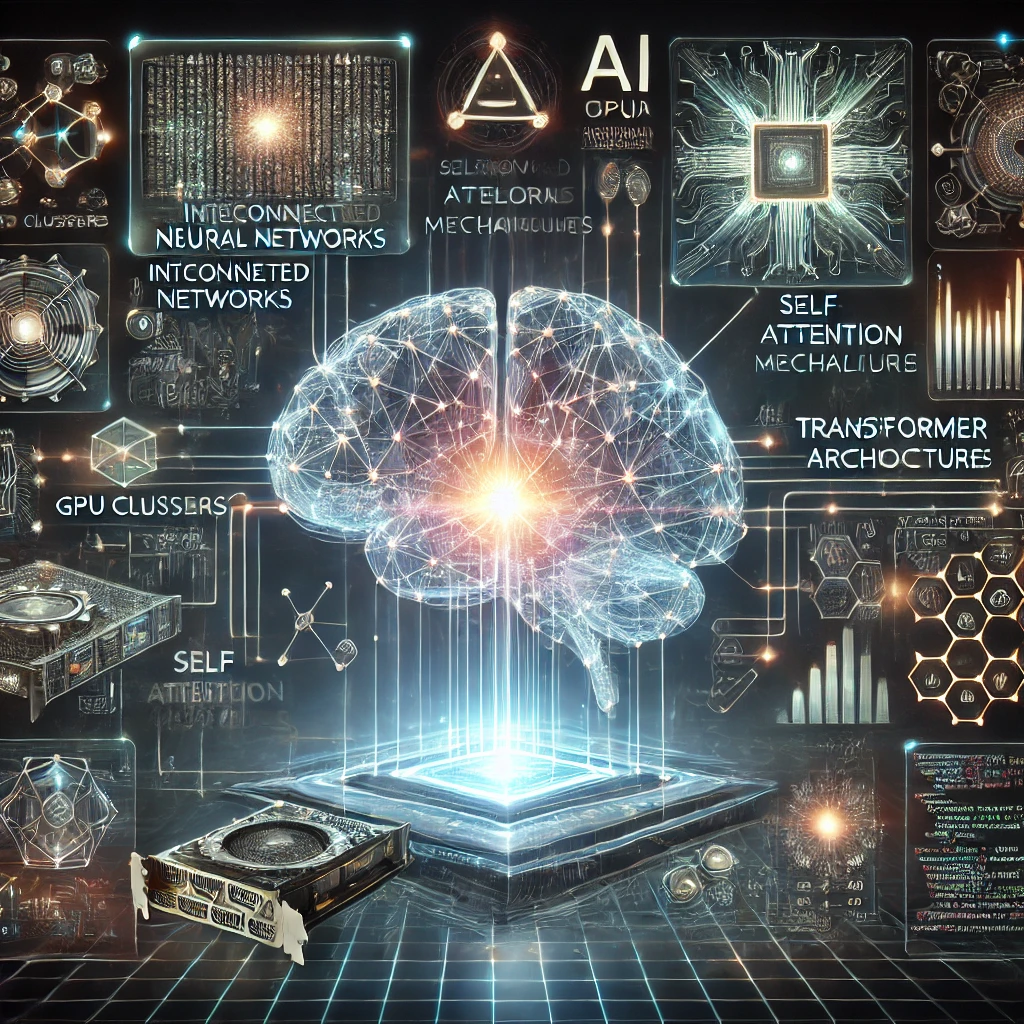Technology
How Does Mistral AI Work? Mechanisms and Complexities

Mistral AI is at the forefront of developing advanced artificial intelligence models, particularly in the domain of large language models (LLMs). This article explores the inner workings of Mistral AI, the methodologies behind its technology, and the inherent complexities in building and scaling these models.
1. Introduction
The rapid progress in artificial intelligence has paved the way for breakthroughs in natural language processing (NLP) and machine learning. Mistral AI is one of the emerging players in this field, pushing the boundaries of model performance and efficiency. Their approach combines state-of-the-art transformer architectures with innovative techniques to handle both training and inference challenges.
2. Architectural Overview
2.1 The Transformer Model
At the core of Mistral AI’s technology is the transformer architecture, which has become the standard for building language models. Transformers use self-attention mechanisms that allow the model to weigh the importance of different words in a sentence regardless of their distance from one another. This design enables the model to capture nuanced contextual relationships.
-
Self-Attention Mechanism:
Self-attention allows the model to focus on various parts of an input sequence, dynamically adjusting weights to capture dependencies across long distances. This is a critical aspect that enables models like those developed by Mistral AI to generate coherent and context-aware responses. -
Layered Structure:
Transformer models are built with multiple layers of attention and feed-forward neural networks. Each layer contributes to the model’s ability to understand and generate complex language patterns, with higher layers integrating more abstract representations of the input data.
2.2 Model Training and Optimization
Mistral AI’s approach emphasizes both scale and efficiency during training:
-
Massive Data and Computational Resources:
Like many modern AI models, Mistral AI’s training regime relies on vast datasets and significant computational power. Efficient data preprocessing and sampling strategies are crucial to ensure that the model learns from diverse language patterns. -
Optimization Techniques:
Training large models requires advanced optimization algorithms. Techniques such as learning rate scheduling, gradient clipping, and adaptive optimizers (for example, Adam or its variants) are employed to ensure stable and effective training. -
Parallelism and Distributed Training:
Given the size of these models, training is often distributed across multiple GPUs or even clusters of machines. Mistral AI uses strategies that parallelize computations, splitting the model and data across hardware resources to speed up the training process while managing memory limitations.
3. Key Innovations in Mistral AI
3.1 Model Efficiency and Performance
Mistral AI aims to balance the trade-off between model size and performance:
-
Sparse Attention Mechanisms:
One innovation involves using sparse attention techniques that reduce computational overhead. Instead of processing every token in full detail, the model can focus on key parts of the input, making it faster and more efficient without sacrificing accuracy. -
Quantization and Pruning:
Post-training optimization techniques such as quantization (reducing the precision of weights) and pruning (removing redundant parameters) help in deploying these models in resource-constrained environments, like mobile devices or edge computing setups.
3.2 Handling Complexity in Language Understanding
Language models face significant challenges when dealing with real-world complexities:
-
Contextual Ambiguity:
Human language is inherently ambiguous. Mistral AI employs multi-head attention mechanisms that allow the model to analyze different aspects of the input concurrently, thus better handling ambiguous or context-dependent expressions. -
Scaling Challenges:
Increasing model size tends to improve performance but also introduces issues such as vanishing gradients or overfitting. Mistral AI has invested in research to identify optimal scaling strategies, balancing depth (number of layers) with breadth (number of parameters) while ensuring robustness and generalizability. -
Memory and Computation Trade-Offs:
Larger models require exponentially more memory and processing power. The team behind Mistral AI works on algorithmic and hardware-level optimizations to manage these trade-offs effectively, ensuring that the model remains both powerful and accessible for real-world applications.
4. The Complexities Behind Mistral AI
4.1 Data Handling and Preprocessing
A major challenge in training AI models is the quality and diversity of training data. Mistral AI employs rigorous data preprocessing pipelines to:
-
Filter Noise and Bias:
Ensuring that the training data is as clean and representative as possible is crucial for model performance. This involves eliminating biased, redundant, or irrelevant content. -
Data Augmentation:
Techniques such as back-translation, paraphrasing, and synthetic data generation help in creating robust models that can generalize well to various tasks and languages.
4.2 Algorithmic and Engineering Challenges
Developing cutting-edge AI models like those from Mistral AI involves overcoming several engineering hurdles:
-
Scalability:
As models become more complex, maintaining efficiency during both training and inference is challenging. Distributed training frameworks and efficient algorithms are critical to address scalability issues. -
Hardware Constraints:
The reliance on high-performance hardware (e.g., GPUs, TPUs) brings about concerns regarding cost, power consumption, and environmental impact. Mistral AI continues to explore ways to optimize model performance without exponentially increasing resource usage. -
Robustness and Generalization:
Ensuring that models do not overfit to specific data distributions and perform reliably in diverse real-world scenarios is an ongoing research focus. This involves continuous fine-tuning, validation on varied datasets, and incorporating feedback mechanisms.
5. Future Directions and Innovations
Mistral AI is actively exploring avenues to further enhance the capabilities of its models:
-
Integration of Multimodal Data:
Future iterations may combine text, image, and other data forms to create more holistic AI systems that can understand and interact with the world in multiple dimensions. -
Ethical AI and Transparency:
As AI systems become more complex, ensuring ethical usage and transparency is paramount. Mistral AI is contributing to research in explainability and fairness, aiming to build models that are not only powerful but also socially responsible. -
Edge Computing and Real-Time Applications:
Optimizing models for deployment in edge devices is another key area. By reducing latency and computational overhead, Mistral AI aims to bring advanced language understanding to real-time applications such as virtual assistants, augmented reality, and more.
6. Conclusion
Mistral AI represents a significant step forward in the development of large language models. By leveraging the transformer architecture, optimizing training methods, and tackling inherent complexities in language processing, Mistral AI is paving the way for more efficient, scalable, and robust AI solutions. As the field evolves, ongoing innovations in model design, data handling, and ethical considerations will continue to shape the future of AI technology/













